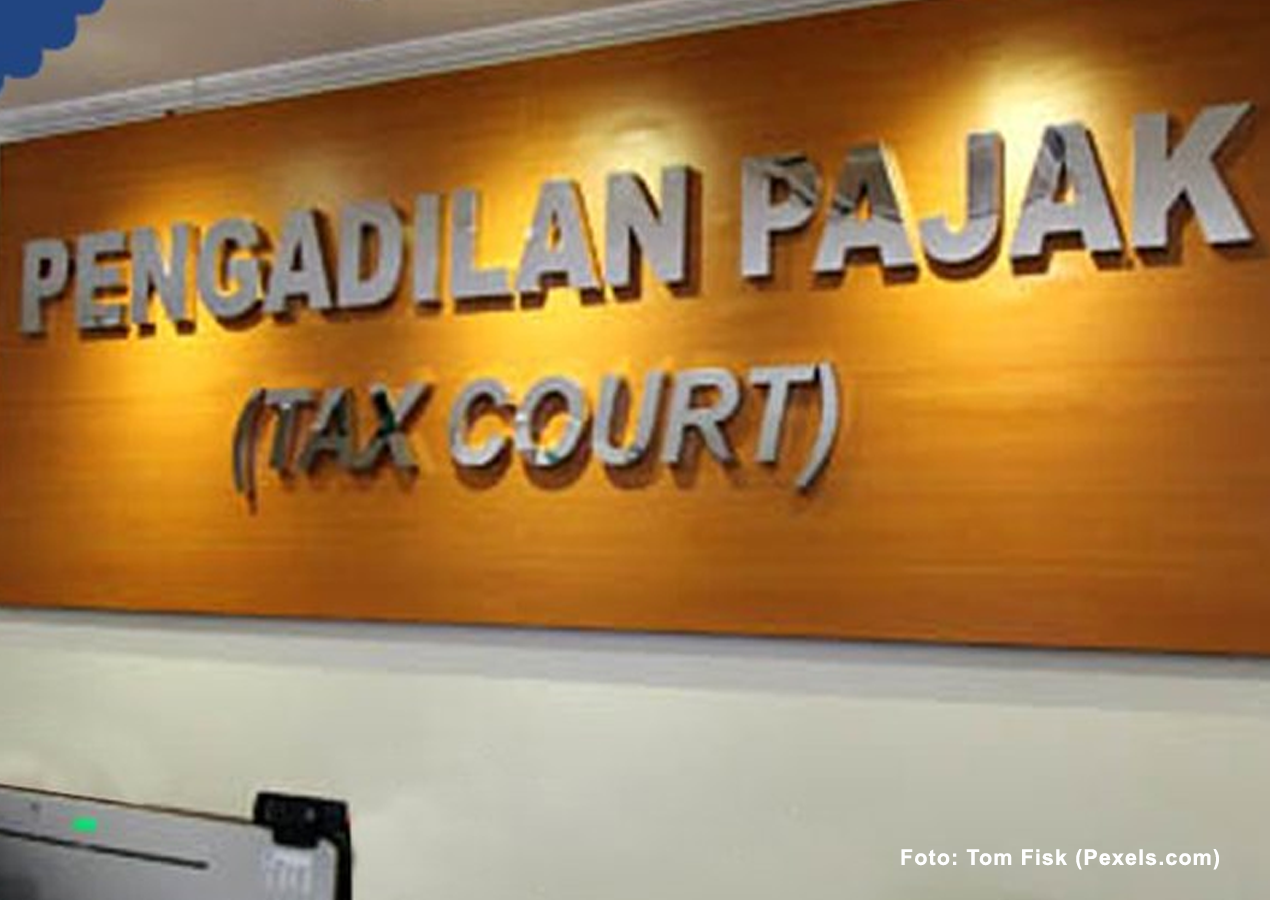Judicial Review, the Last Legal Remedy for Tax Cases
Cahya Fitriana
|

The resolution of tax disputes can sometimes take a very long time. Moreover, if the process reaches the Judicial Review stage, which is the last legal remedy in the tax dispute resolution flow.
However, it should be noted that the first and last levels of tax dispute resolution are only conducted in the Tax Court, namely Appeal and Lawsuit.
Even so, there is an extraordinary legal remedy that can be taken by both the taxpayer and the Directorate General of Taxes if they disagree with the tax court's decision, namely by submitting a request for a judicial review to the Supreme Court.
The mechanism for filing a review is regulated in Articles 89-93 of Law Number 14 the Year 2002 on Tax Court. However, before filing a review to the Supreme Court, the taxpayer or the Directorate General of Taxes must have a proper reason, as stated in Article 91 of the Tax Court Law. Some of these reasons include the following:
First, because there has been a lie, deceit, or evidence that the criminal judge found to be fabricated during the examination of the case by the tax court.
Second, having new written proofs (novum) that determine and if disclosed in the tax court, will change the verdict.
Third, the tax court has approved one or more items that are not demanded, unless the verdict states that it approves part or all and increases the tax to be paid.
Fourth, if the review submission is related to the material being demanded but not decided by the tax court.
Fifth, due to a verdict decidedly contravenes the provisions of laws in force.
Document Completeness
A judicial review application must be accompanied by a number of documents, such as:
- The Memory of Judicial Review
- Copy of Tax Court Verdict
- Copy of Notice of Verdict/Postal Order for Delivery of Verdict
- Statement Letter of Finding New Written Proofs, if the reason for filing review is because of Novum
- Proof of Payment of Court Fees (IDR 2,500,000)
- Deed of the judicial review application
In addition, to prove that the judicial review applicant has legal standing or is authorized to take legal action, they must complete various documents, such as:
- Company Deed
- Copy of Signing Identity (KTP/Passport)
- Power of Attorney and its completeness, if the application is made by a power of attorney
- Copy of Income Tax Return A1, if the proxy is an employee
- Copy of Attorney License Card, if the attorney is an advocate
If these documents are not provided, the Tax Court may reject the request for judicial review.
Judicial Review Submission Procedure
If all the reasons are appropriate and the required documents have been fulfilled, the judicial review application can be submitted. The submission procedure is as follows:
First, review applications can only be submitted once to the Supreme Court through the Tax Court, within 3 months of the tax court verdict being sent. However, for filing a review with the reason for the presence of a novum, the application can be filed within 3 months since the evidence of the novum is found.
Second, the Tax Court will forward the judicial review to the respondent in a maximum of 14 days after the Tax Court receives the Memorandum of Review.
Third, the respondent must provide an answer in the form of a Contra Memorandum for Judicial Review no later than 30 days after receiving a copy of the Memorandum of Review from the Tax Court.
Fourth, the tax court will forward a copy of the contra memorandum for review to the judicial review applicant within 14 days.
Fifth, the Tax Court will then forward the request for review along with the contra memorandum for review to the Supreme Court within 30 days.
Sixth, the Supreme Court will begin examining cases for a period of six months, from the time the examination or additional information is received.
Seventh, after the verdict is issued, the Supreme Court will send a copy of the verdict of judicial review to the Tax Court.
Eighth, the Tax Court will forward a copy of the verdict of judicial review to the parties, both the respondent and the applicant
Contra Memorandum for Judicial Review
Contra Memorandum for Review is a document containing answers from the review respondent which must be submitted a maximum of 30 days after the application notification is received. The memorandum of review document must contain the following:
- Copies of Contra Memorandum for Judicial Review
- Copy of notification of delivery of the verdict of a copy of the judicial review memorandum
To prove its authority, the respondent must also attach supporting documents such as:
- Company deed
- Copy of signing identity such as ID card or passport
If authorized, it must also be equipped with a power of attorney and its accompanying documents, such as:
- a copy of Income Tax Return Article 21 A1 if the proxy is an employee
- a copy of the attorney's permit card for advocates, or
- a copy of the Legal Attorney License Decree for tax court attorneys.


